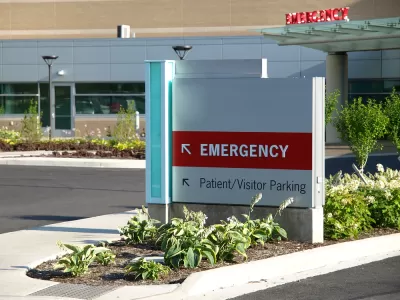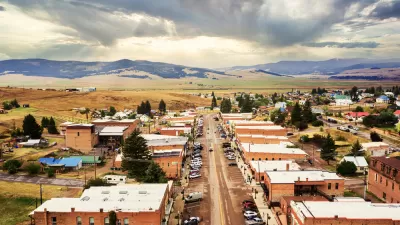The opening of a new trauma center at the University of Chicago Hospital means many South Siders are closer to care, but there’s still a wide disparity between the distance white and black Chicagoans must travel for emergency care.

Less than a year ago, Chicago opened its South Side Level 1 trauma center at the University of Chicago. "Before the trauma center opened — after years of campaigning by activists — Chicagoans in mostly black neighborhoods were 8.5 times more likely than people in mostly white neighborhoods to live in “trauma deserts,” according to the study, published in the journal JAMA Network Open on Friday," Lisa Schencker writes for the Chicago Tribune. Still, the addition hasn’t solved the inequities in trauma care. Today black Chicagoans are 1.6 times more likely than white Chicagoans to live in "trauma deserts."
"Until the new center opened, the South Side hadn’t had a Level I adult trauma center since Michael Reese Hospital in Bronzeville closed its center in the early 1990s," Schencker reports. This long-enduring issue is not unique to Chicago, in Los Angeles, for example, black residents are five times more likely than white residents to live in trauma deserts. Some claim this problem is a structural one that is bound up with the way health care is funded, a structure that leaves poor and often black residents at a disadvantage.

Alabama: Trump Terminates Settlements for Black Communities Harmed By Raw Sewage
Trump deemed the landmark civil rights agreement “illegal DEI and environmental justice policy.”

Study: Maui’s Plan to Convert Vacation Rentals to Long-Term Housing Could Cause Nearly $1 Billion Economic Loss
The plan would reduce visitor accommodation by 25% resulting in 1,900 jobs lost.

Planetizen Federal Action Tracker
A weekly monitor of how Trump’s orders and actions are impacting planners and planning in America.

Wind Energy on the Rise Despite Federal Policy Reversal
The Trump administration is revoking federal support for renewable energy, but demand for new projects continues unabated.

Passengers Flock to Caltrain After Electrification
The new electric trains are running faster and more reliably, leading to strong ridership growth on the Bay Area rail system.

Texas Churches Rally Behind ‘Yes in God’s Back Yard’ Legislation
Religious leaders want the state to reduce zoning regulations to streamline leasing church-owned land to housing developers.
Urban Design for Planners 1: Software Tools
This six-course series explores essential urban design concepts using open source software and equips planners with the tools they need to participate fully in the urban design process.
Planning for Universal Design
Learn the tools for implementing Universal Design in planning regulations.
Caltrans
Smith Gee Studio
Institute for Housing and Urban Development Studies (IHS)
City of Grandview
Harvard GSD Executive Education
Toledo-Lucas County Plan Commissions
Salt Lake City
NYU Wagner Graduate School of Public Service





























